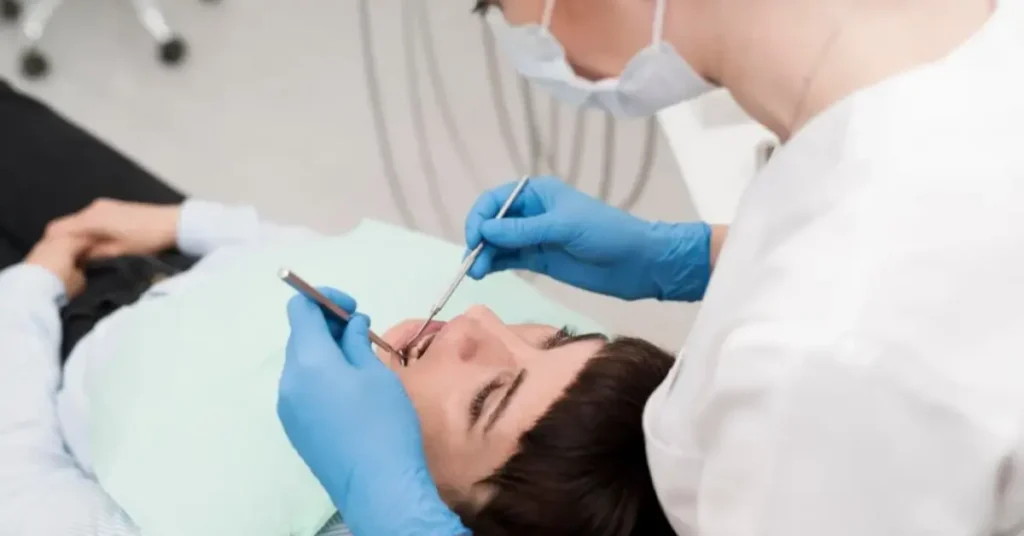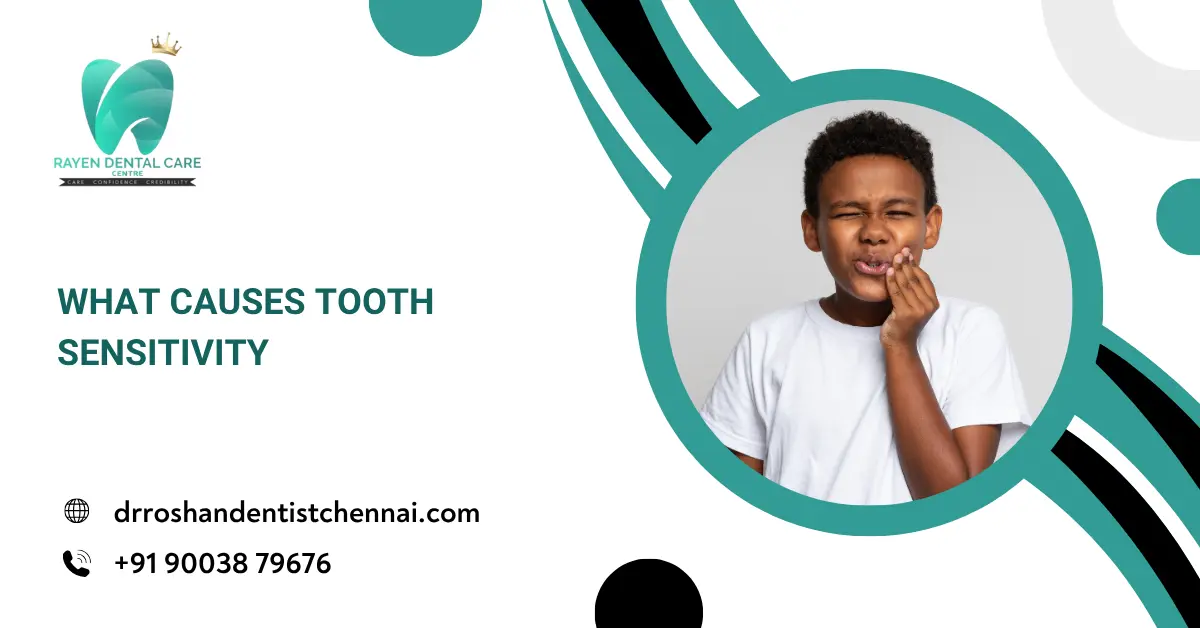Soft tissue grafting is a specialized dental procedure designed to treat gum recession, a condition where the gum tissue pulls away from the teeth, exposing the roots. This exposure can lead to increased tooth sensitivity, a higher risk of decay, and aesthetic concerns. Gum recession is often caused by periodontal disease, aggressive brushing, or genetic predisposition. Soft tissue grafting helps restore the protective gum layer, improve oral health, and prevent further tissue loss. The procedure involves transferring tissue, typically from the patient’s palate or donor source, to the affected area to enhance gum volume and cover exposed roots. Addressing gum recession early can significantly improve the long-term stability of the teeth and enhance overall oral hygiene.
Gum Graft Surgery
Gum graft surgery is a precise procedure performed by periodontists to repair and rebuild areas of gum loss. It is often recommended when receding gums leave roots exposed, increasing sensitivity and risk of decay. This surgical solution is tailored to the patient’s needs, ensuring both function and appearance are restored.
- Connective Tissue Graft: This is the most commonly used method, where tissue is taken from beneath the surface of the palate and attached to the area of recession. It provides excellent root coverage and tissue integration with minimal discomfort.
- Free Gingival Graft: In cases where patients require thickening of the existing gums, tissue is directly removed from the roof of the mouth. It’s especially helpful for individuals with thin gums and offers long-term stability.
- Pedicle Graft: Here, gum tissue is repositioned from adjacent areas rather than harvested from another part of the mouth. This method is ideal for patients with adequate gum tissue nearby and ensures a continuous blood supply for better healing.
Receding Gums Treatment
Receding gums treatment goes beyond aesthetics—it safeguards the underlying bone and tooth structure. Early detection and intervention are critical in preserving oral health. Soft tissue grafting is one of the most effective solutions for long-term success.
- Non-Surgical Management: In minor cases, dentists may recommend desensitizing agents, fluoride treatments, or orthodontic adjustments to relieve discomfort and stop further recession. These treatments help manage symptoms and prevent progression.
- Surgical Intervention: For moderate to severe cases, soft tissue grafting remains the gold standard. It halts gum loss and rejuvenates gum health. The procedure not only enhances coverage but also reduces future periodontal issues.
- Causes and Risk Factors: Common causes include periodontal disease, improper brushing, smoking, or hormonal changes. Identifying the root cause allows professionals to provide tailored solutions that not only treat the current condition but prevent recurrence.
Soft Tissue Graft
A soft tissue graft is a microsurgical procedure that enhances the thickness and height of gum tissue. This graft can be autogenous (from the patient) or allogenic (donor-based), both proven to integrate effectively and improve gum resilience.
- Purpose of the Graft: The main aim is to protect exposed roots, reduce sensitivity, and prevent further tissue breakdown. In aesthetic zones, it also improves the smile line by covering unsightly root surfaces.
- Types of Graft Materials: Autografts (from the patient’s own palate), allografts (from human donors), or xenografts (from animals) are used depending on patient preferences and clinical requirements. Each has been validated for safety and compatibility.
- Benefits of Soft Tissue Grafts: These grafts significantly increase the longevity of natural teeth, enhance oral function, and reduce the likelihood of bone loss. Patients experience improved comfort during eating and brushing after healing.
Gum Restoration Procedure
The gum restoration procedure is a focused method for reversing the damage caused by gum recession. It revitalizes the gum line, restores oral structure, and prevents further exposure of tooth roots.
- Assessment and Planning: A comprehensive clinical evaluation is conducted to map the extent of recession and determine the ideal grafting technique. Digital imaging aids in precise diagnosis and planning.
- Surgical Technique: The area is numbed, followed by the preparation of the recipient site. Tissue is then carefully placed and sutured, ensuring it blends seamlessly with existing gums. Healing typically begins within days.
- Post-Surgical Aesthetic Enhancement: Aside from functional benefits, patients often notice a fuller, healthier gumline. The improved tissue volume contributes to a more balanced and youthful smile, making it both restorative and cosmetic.
Periodontal Graft Care
After a soft tissue graft, post-operative care is crucial for successful healing. Following professional guidance can significantly enhance graft survival, reduce discomfort, and prevent complications.
- Immediate Post-Operative Care: Patients are advised to avoid brushing or flossing the treated area and consume soft, cool foods. Pain relievers and antimicrobial mouth rinses are prescribed to minimize discomfort and infection risk.
- Follow-Up and Monitoring: Regular check-ups are scheduled to observe healing progress. Sutures are often removed after 7 to 10 days, and patients are monitored for signs of graft integration and gum stability.
- Long-Term Maintenance: Maintaining excellent oral hygiene, using a soft-bristle toothbrush, and avoiding tobacco use are essential. Periodic professional cleaning ensures that the new gum tissue remains healthy and functional over time.
Conclusion
Soft tissue grafting is a vital component of modern periodontal care, offering long-lasting solutions to gum recession. It enhances not only the structural integrity of the teeth but also the overall aesthetics of the smile. With professional execution and careful post-operative care, patients can expect significant improvements in oral comfort, function, and appearance. This procedure plays a key role in preventing long-term complications like root decay and tooth mobility. At Rayen’s Dental Clinic, expert periodontists provide precision-driven soft tissue grafting tailored to each individual’s needs—restoring confidence and oral health with compassionate care.
Read also: Occlusal Adjustment





